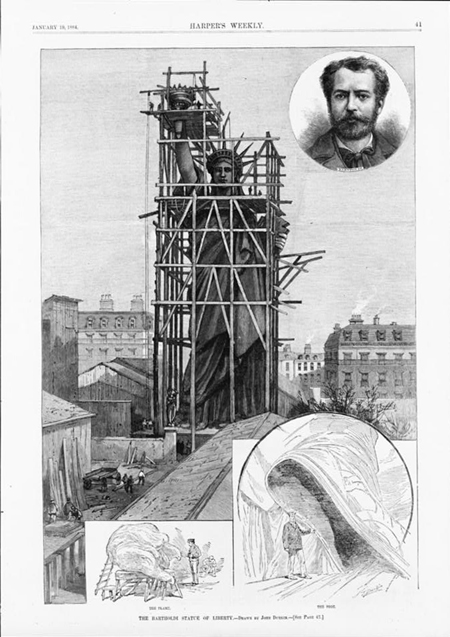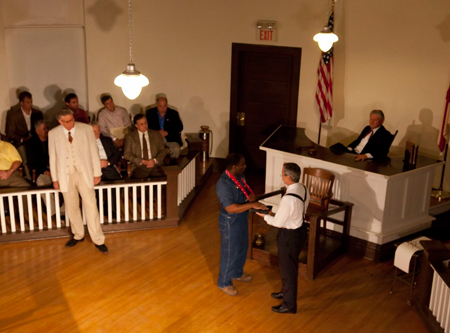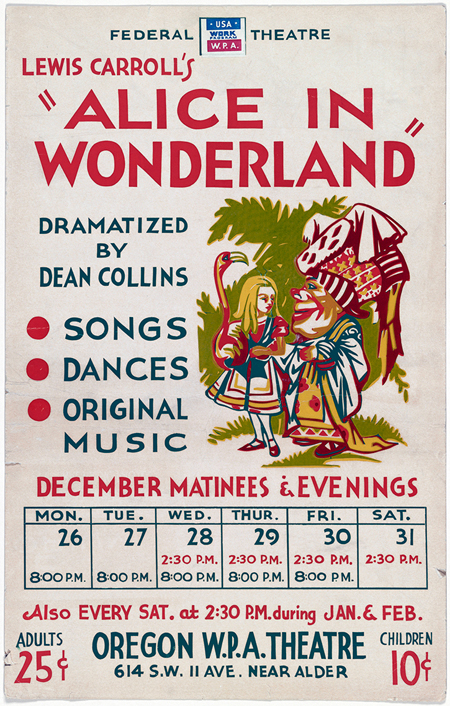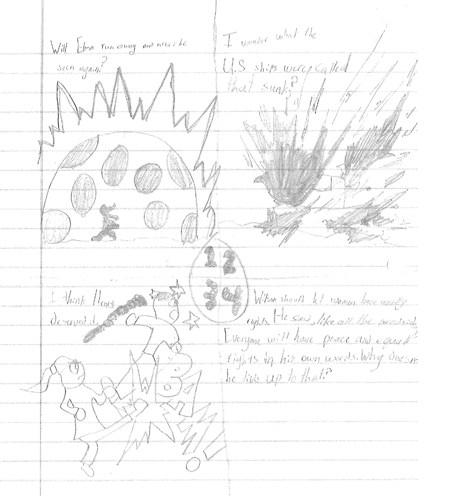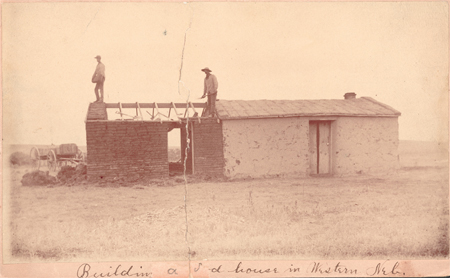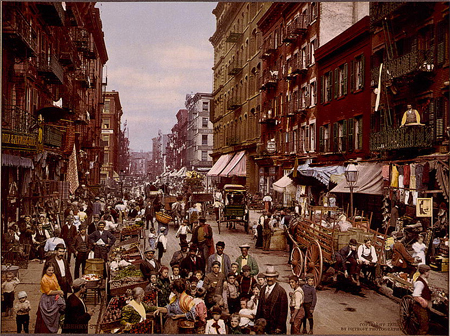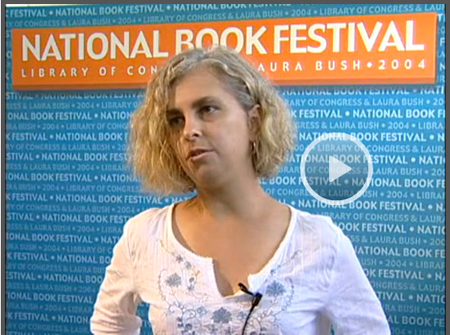Literature Links: Her Right Foot
Tom Bober (@CaptainLibrary), teacher librarian extraordinaire and former teacher in residence at the Library of Congress, put together a fantastic primary source set to accompany the picture book, Her Right Foot, by Dave Eggers. In a post on Knowledge Quest from the American Association of School Librarians, Tom details a plan for pairing primary source analysis with the…

